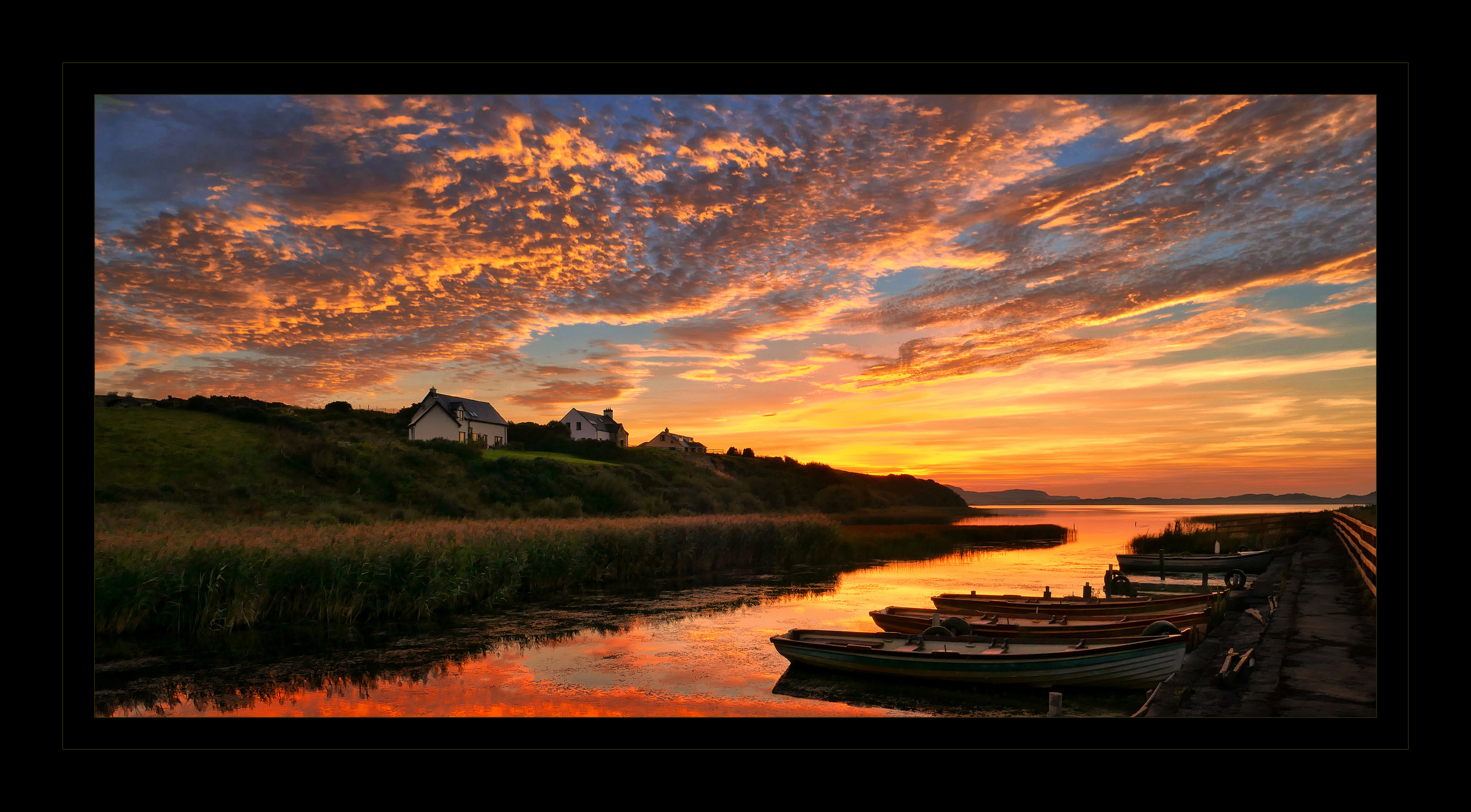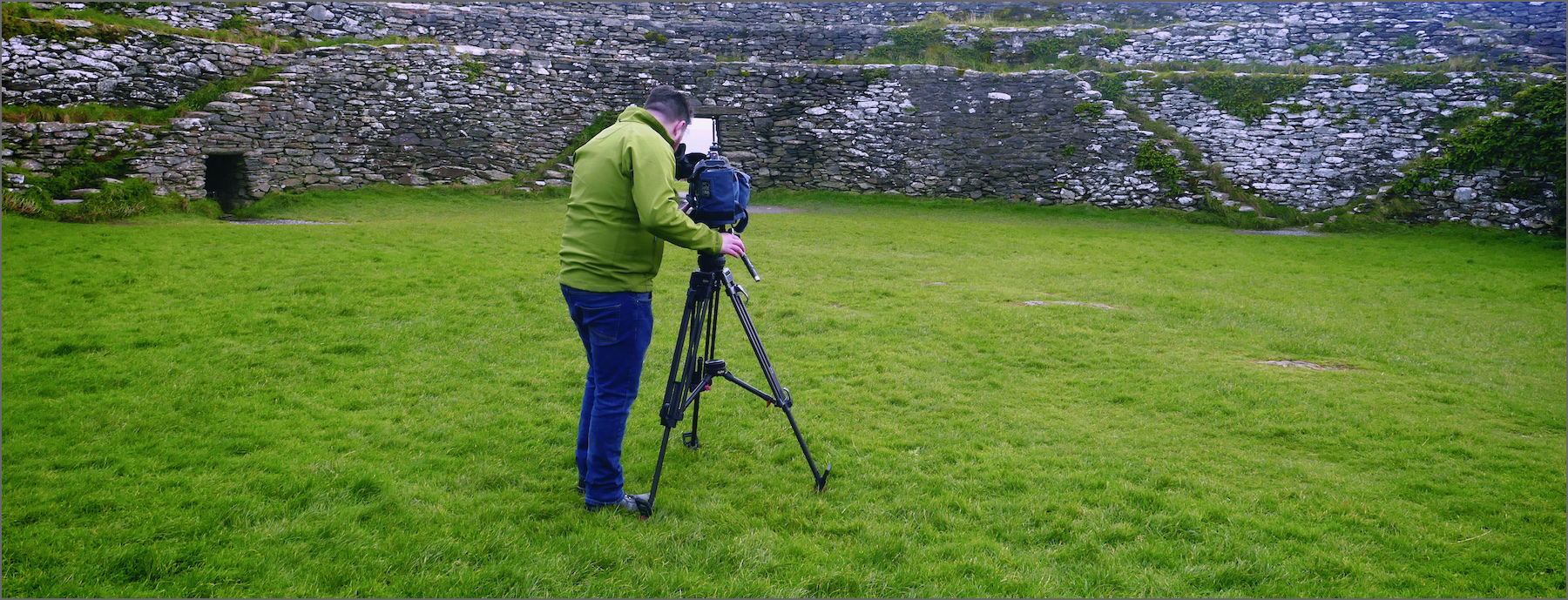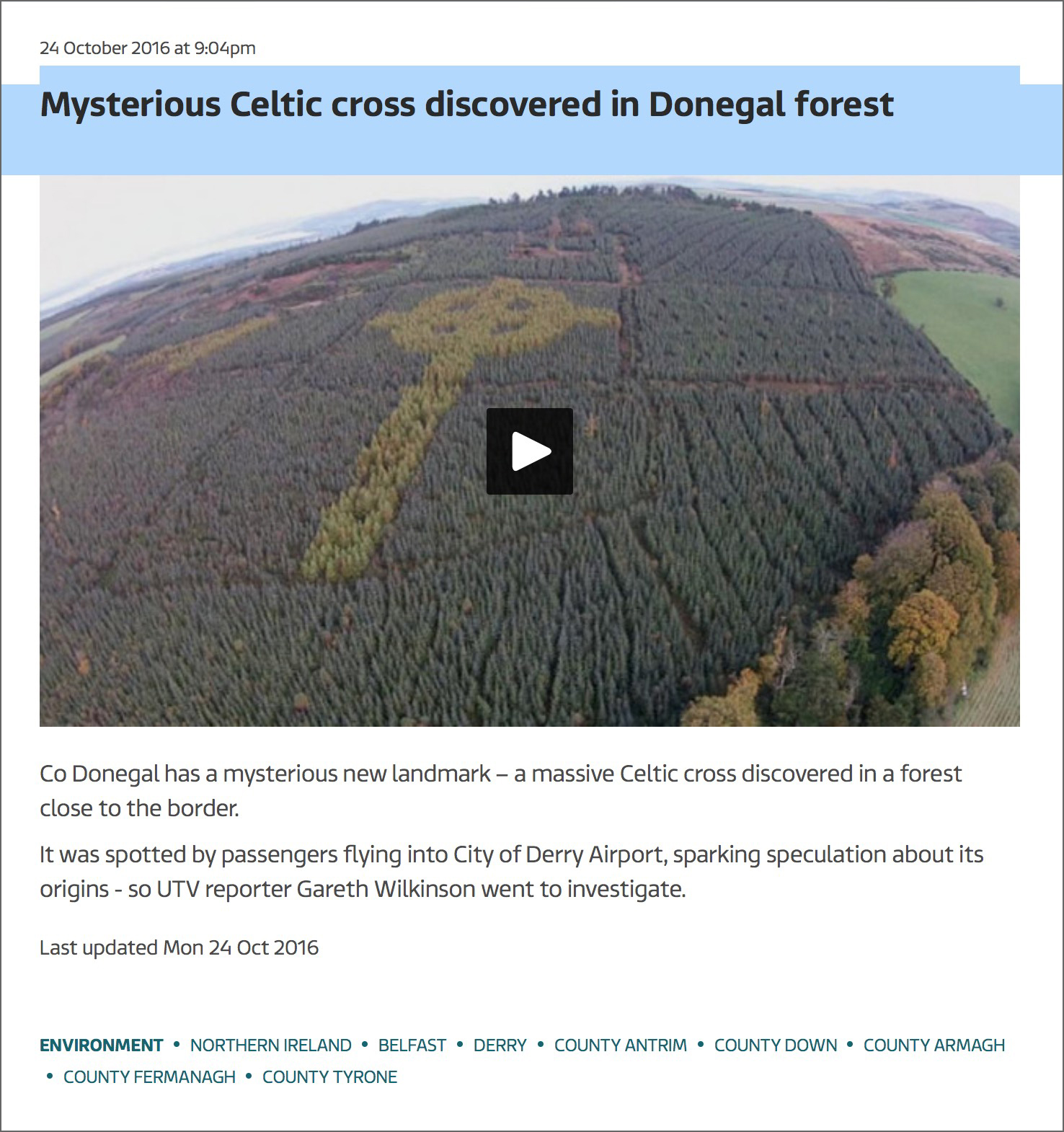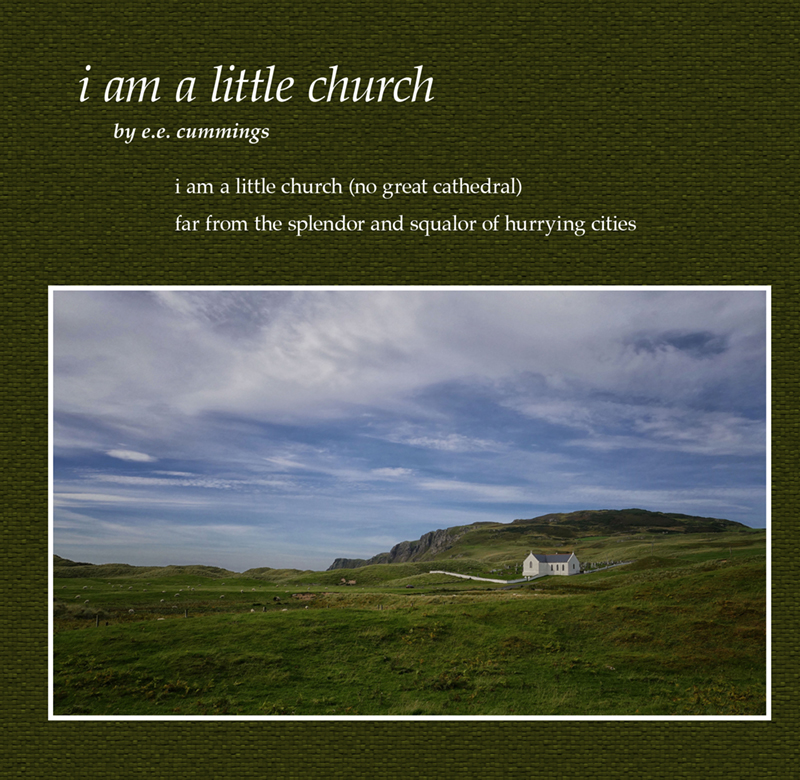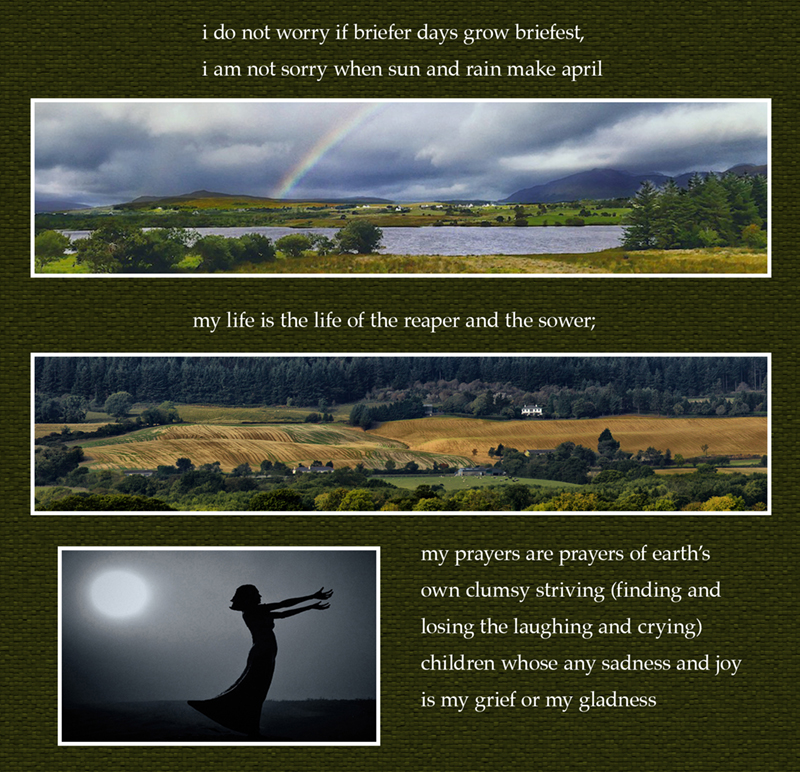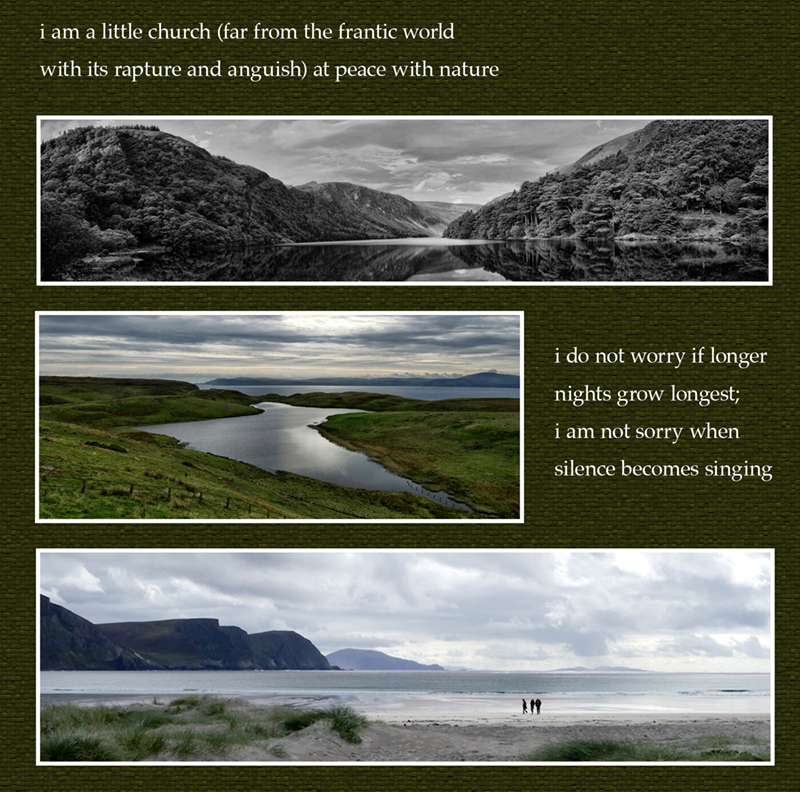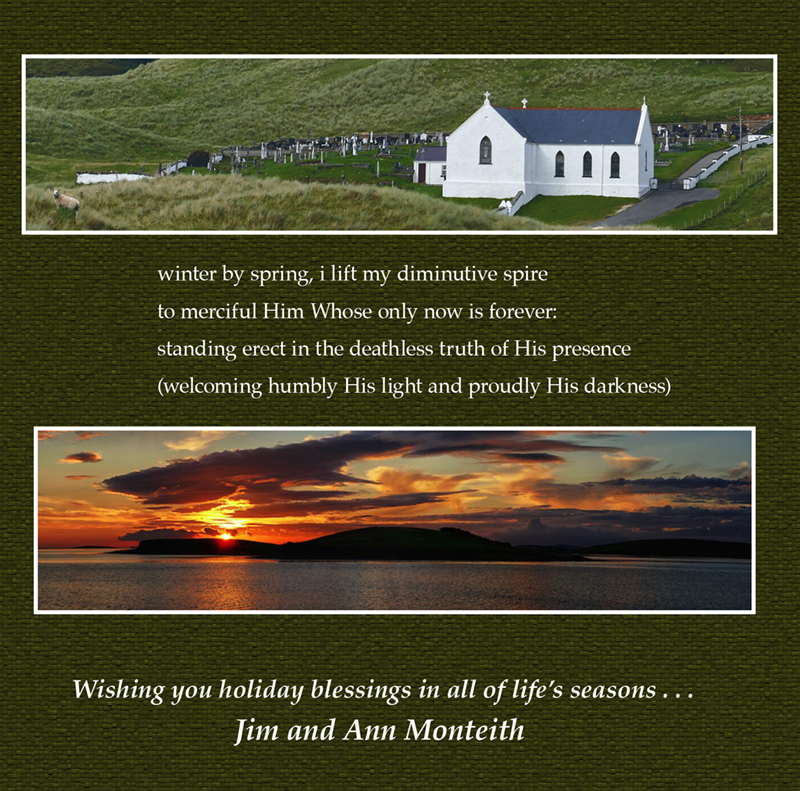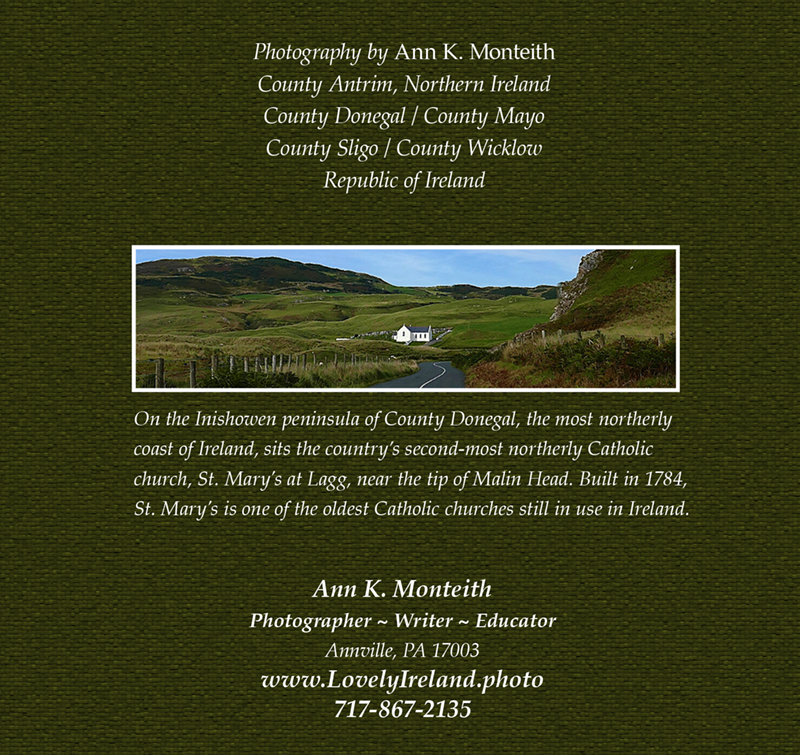Happy Saint Patrick’s Day!
Wherever you are . . . live it up today!
. . . . . . . . . . . . . . . . . . . . . . . . . . . . . . . . . . . . . . . . . . . . . . . . . . . . . . . . . . . . . . . . . . . . . . . . . . . . . . . . . . . . . . . . . . . .
I was delighted that I was one of 61 photographers internationally to have all four entries selected to hang at the International Print Competition, with three chosen for the Loan Collection, allowing me to achieve Platinum Photographer of the Year status for the second straight year. The print display was part of Imaging USA, PPA’s annual convention, which was held this year in San Antonio, Texas. For the last several years I’ve entered PPA Print Competition to challenge myself in the field of landscape photography. Years ago, Jim and I entered prints as a way to improve our skills as portrait photographers, which is how we have earned a living. These days, I do landscape photography for the pure joy of it, so it was quite special to have such a good outcome this year. As was the case last year, all four of my images were photographed in County Donegal, Ireland, using my Lumix FZ1000 25mm-400m fixed-lens mirrorless camera . . . my favorite travel camera ever!
Day’s End — Loan Collection
Highland Chapel — Loan Collection
High Tide on Sheephaven Bay — Loan Collection
Ancient Harbour — General Collection
Also, I was honored be one of 13 recipients of Professional Photographers of America’s Imaging Excellence Award, a medallion presented “in recognition of dedication to the practice of excellence in photographic competition.”
. . . . . . . . . . . . . . . . . . . . . . . . . . . . . . . . . . . . . . . . . . . . . . . . . . . . . . . . . . . . . . . . . . . . . . . . . . . . . . .
If only this place were located in Ireland, I would run away from home and beg them for a job. Maybe in my next life . . .
. . . . . . . . . . . . . . . . . . . . . . . . . . . . . . . . . . . . . . . . . . . . . . . . . . . . . . . . . . . . . . . . . . . . . . . . . . . . . . . . . . . . . . . . . . . .
During our stay in Greencastle, in the northeast of Donegal’s Inishowen Peninsula, Jim and I set off one morning to visit the ancient ringfort at Grianán of Aileach, a group of historic structures atop a 244-meter hill near the Inishowen village of Burt.
Just before we reached the hilltop, I stopped to photograph the breathtaking autumn fields cascading down to the ocean loughs that define the peninsula.
The Grianán of Aileach ringfort (Stoney House of the Sun), is thought to be Ireland’s first earthen-wall enclosure. Early ruins on the site date back to 1700 BC and are linked to the Tuatha de Danann, who invaded Ireland before the Celts constructed stone forts on top of strategic hills. It was built by the Daghda, the celebrated king of the Tuatha De Danann and erected around the grave of his son, Aedh, who had been killed by Corrgenn, a Connacht chieftain.
Once we parked alongside the fort, I made a mad dash from the car to the entrance leading into the structure because the hilltop wind was about to knock me off my feet. As I neared the entrance, I was momentarily startled to hear voices coming from inside the fort. Those voices belonged to Gareth Wilkinson, a journalist from UTV, a commercial television station just over the border in Derry, Northern Ireland, and his cameraman, Ian Struthers, who was busy filming.
After a pleasant chat (shouting above the wind), the two gentlemen obliged me by standing alongside of the structure to provide a sense of scale of the fort that stands as a silent witness to the unfolding of Irish history.
Some weeks after we returned to Pennsylvania, I received an email from Gareth explaining that he and Ian had to return to the fort to reshoot the video because of the terrible wind that was whipping on the day we met. He also sent a link showing the brief clip that appeared in a perfectly wonderful UTV feature Gareth presented about a living Celtic cross planted years ago by a Donegal forester. It now stands as a tribute to his memory for the gift he has given to all who see it. At this link you can view his feature about the cross that now graces what Gareth so aptly describes as Donegal’s “majestic, mystical landscape.”
. . . . . . . . . . . . . . . . . . . . . . . . . . . . . . . . . . . . . . . . . . . . . . . . . . . . . . . . . . . . . . . . . . . . . . . . . . . . . . . . . . . . . . . . . . . .
Today, the Republic of Ireland held official ceremonies marking the 100th anniversary of the the “Easter Rising,” the armed insurrection during Easter Week, 1916, by Irish Republicans seeking to achieve Ireland’s independence from England. When the Irish rebels surrendered a week later, the leaders of the rebellion were executed by firing squad. One of them was a journalist, writer and poet named Joseph Plunkett, who was graduated from University College Dublin with degree in Philosophy. Joseph was supposed to marry his finance, Grace Gifford, on Easter Day, but the wedding was postponed because of The Rising.
I knew only a bit of Irish history when Jim and I first visited Ireland, but mainly it was of the more recent “Troubles,” but not much about the many centuries of struggle before 1916 and its aftermath. I knew nothing about Joseph and Grace and their wedding that took place in Kilmainham Jail the day before he was executed. During our second visit to County Clare, I head beautiful ballad entitled “Grace,” during a live music session in Doolin. The melody is haunting, and the words tell of Grace going to see Joseph for the last time, and his words to her, shortly before he was executed on the May 4, 1916.
Years later I sat down at a used piano in a second-hand shop and started to play “Grace,” which I had learned to play by ear. A middle-aged woman came over to listen, and she had tears in her eyes when she said, “I haven’t heard that beautiful song in many years.” She and her husband had immigrated to Pennsylvania as a young couple. I think of her every time I hear the song or play it.
“Grace” is beautifully sung by tenor Anthony Kearns in the video below. For me, it is a fitting commemoration for the events of 1916, one hundred years ago.
I had to do some searching to find the authors of the song; they are brothers Frank and Sean O’Meara, who, according to a letter written by Sean, noted that it was composed in 1985. You can read the letter on this website that is devoted to Grace Gifford Plunkett, and the O’Meara’s song lyrics are posted below. I also discovered that the song’s reference to these lines — And I’ll write some words upon the wall so everyone will know / I loved so much that I could see his blood upon the rose — are a reference to Plunkett’s poem “See His Blood Upon The Rose,” the lyrics of which are posted at at this link.
Grace
As we gather in the chapel here in old Kilmainham Jail
I think about these past few weeks, oh will they say we’ve failed?
From our school days they have told us we must yearn for liberty
Yet all I want in this dark place is to have you here with me
Oh Grace just hold me in your arms and let this moment linger
They’ll take me out at dawn and I will die
With all my love I place this wedding ring upon your finger
There won’t be time to share our love for we must say goodbye
Now I know it’s hard for you my love to ever understand
The love I bare for these brave men, the love for my dear land
But when Pádraic called me to his side down in the GPO
I had to leave my own sick bed, to him I had to go
Oh, Grace just hold me in your arms and let this moment linger
They’ll take me out at dawn and I will die
With all my love I’ll place this wedding ring upon your finger
There won’t be time to share our love for we must say goodbye.
Now as the dawn is breaking, my heart is breaking too
On this May morn as I walk out, my thoughts will be of you
And I’ll write some words upon the wall so everyone will know
I loved so much that I could see his blood upon the rose.
Oh, Grace just hold me in your arms and let this moment linger
They’ll take me out at dawn and I will die
With all my love I’ll place this wedding ring upon your finger
There won’t be time to share our love for we must say goodbye
For we must say goodbye.
. . . . . . . . . . . . . . . . . . . . . . . . . . . . . . . . . . . . . . . . . . . . . . . . . . . . . . . . . . . . . . . . . . . . . . . . . . . . . . . . . . . . . . . . . . . .
. . . . . . . . . . . . . . . . . . . . . . . . . . . . . . . . . . . . . . . . . . . . . . . . . . . . . . . . . . . . . . . . . . . . . . . . . . . . . . . . . . . . . . . . . . . .

